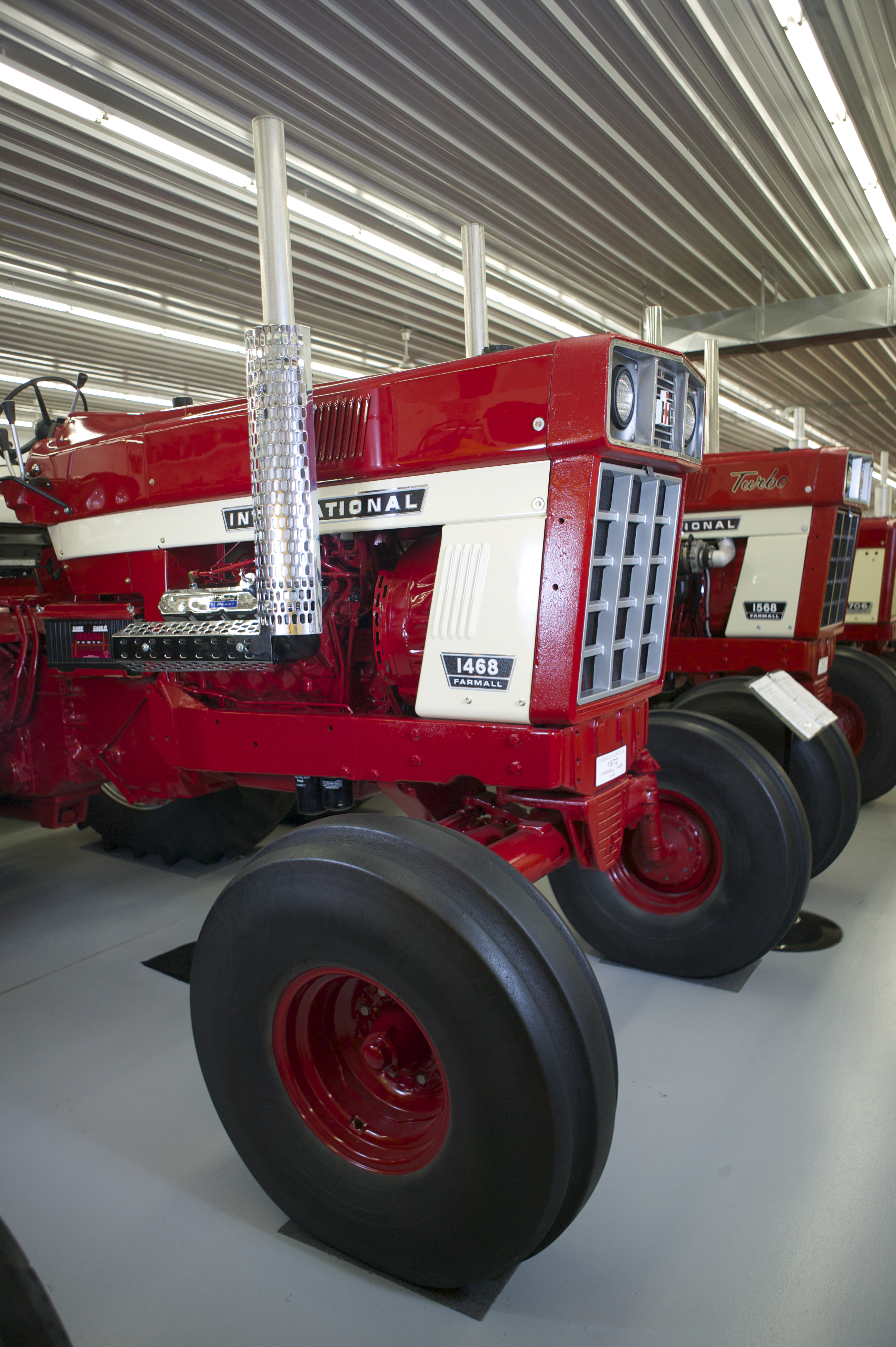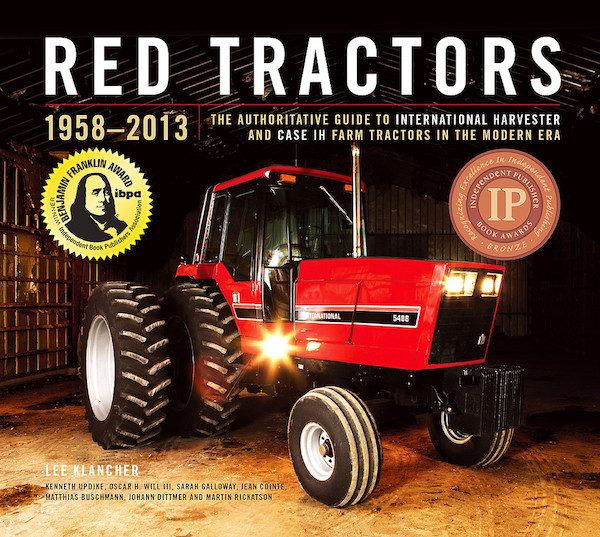Two Steps Forward, One Step Back

In 1953, Mark Keeler became the head of the Agricultural Engineering Division for Harvester. One of the first things he did was to go on a fact-finding trip with product specialist M.O. Curvey. The two men visited several dealers to learn what they wanted to see in the next generation of International Harvester tractors. The answer from the first dealer they visited—Andy Anderson in Harvard, Illinois—was pretty straightforward: Anderson told them he wanted improved operator comfort and convenience.
The introduction of the new 40 and 60 series tractors at the Hinsdale Farm in mid-July 1958 was the largest exhibition IHC held to date. More than 8,500 dealers showed up, and they ordered about 20,000 tractors. Wisconsin Historical Society / 86123
After five years of hard work building IH’s next generation of new machines, Keeler and Curvey returned to Harvard in 1958 to offer the town a sneak preview of the new International Harvester tractor. Months before the official world introduction, Anderson removed the paper that shielded the tractor from prying eyes and drove it straight down Main Street in Harvard.
Harvester had planted cameramen from Harvester World magazine on the street and rooftops to catch the crowd’s reaction. The resulting article reported that one gentleman was so taken by the new tractor that he walked into a utility pole (the cameramen saved him embarrassment by not capturing that scene). Men and women gathered around to look the tractor over, to sit in the seat, and to start it up.
The 40 and 60 series introduction was kicked off with performances by the Kilgore Rangerettes, a dance troupe from Texas famed for precise choreography and scandalously short skirts. Wisconsin Historical Society / 46315
Comments focused on the comfortable new seat, the smooth new engine, and the revised control layout. The styling was improved, with redesigned lines avoiding the “Christmas tree” look of the previous models . Curvey admitted that there weren’t a lot of new pieces in the transmission (except for the relocated hydraulic pump), but the farmer who asked said that he had never heard of a farmer having problems with an IH transmission or differential anyway. Soon, the tractor was back on the truck, rewrapped in its paper disguise and on its way back into hiding until the new line’s official July 1958 introduction.
The new line of IH tractors provided the company with a fresh look, more power, and updated power delivery. Wisconsin Historical Society / 8683
The assembly line changeover to the new models went very smoothly, and the dealer introductions held at the new engineering facility (and old Harvester Farm) in Hinsdale, Illinois, generated a tremendous amount of enthusiasm and orders. A large number of tractors went out the door very quickly.
And then the problems started.
While the model appeared to have an old rear end mated to a new engine, in fact there were a lot of not-so-apparent upgrades and advances under the skin. Though the tractors had been extensively tested, what appears to be a last-minute horsepower upgrade caused differential failures when the tractor was operated in areas with limited traction slip. In addition, IH had modified metallurgy to eliminate the traditional time allowed to age castings and normalize stresses, resulting in tractors with castings that changed shape ever so slightly after some use. The hydraulic system used the transmission as a reservoir, leading to issues with lubricant contamination and life. (This latter problem eventually drove the development of IHC’s famous Hy-Tran transmission fluid.) The four-cylinder 240 and 340 would go through some evolutions in their hydraulic control system to improve performance.
IHC eventually fixed the issues and the tractors still serve farmers today.
To find out the rest of the incredible story of International Harvester, get your copy of Red Tractors 1958-2013 here!
Previous Excerpt - Next Excerpt

